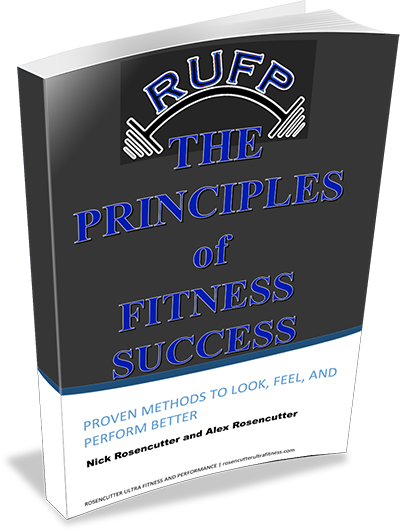Sitting Combatives
So you are stuck working from home every day during the quarantine. You notice that your hips and back start to feel like crap and wonder what you can do to combat this and make things feel better. Well, here is a start.
1. Reset Your Diaphragm and BREATHE
When you sit in one position for a long period of time, and stress out at all with the work you are doing, it becomes very easy for you to begin holding your breath excessively. Couple this with a lack of much movement through your pelvis or ribs, and its very easy for your diaphragm to become “stuck,” and tension to build throughout your body as your nervous system is driven into sympathetic mode. When we inhale, our diaphragm should descend and when we exhale it should ascend. It can become biased more towards one end of the spectrum depending on who you are and what you do. For many of you, it and you will get stuck in a state of inhalation as you sit and subconsciously stress during the work you are doing. Taking 5 minutes to perform some deep breathing, emphasizing full exhalation and then full inhalation can help to restore fluid movement of the diaphragm, stimulate some parasympathetic activity of the nervous system (relax things), as well as relieve tension through many of the structures around the pelvis and rib cage. Perform these:
2. Unglue the Outside of Your Hips
When you sit, the structures in the front of your hips stiffen up over time. If you sit with your hips and knees splayed out, the structures on the outside of your hips also stiffen up, causing compression and aggravation through the back of the pelvis and low back. You can use the 90/90 drill shown above to engage the adductors and add the following move in on top of it to drive some internal rotation of your hips, in order to counteract all of the external rotation and outward drive your sitting position has left you in.
First, watch this:
Then, do this:
3. Open Up Your Hip Flexors
Provided you don’t have any issues with laxity (excessive looseness or instability) in the front of your hips, this can be a good stretch to help open up the front of your hips and give some length back to the structures that have been shortened while sitting (specifically the psoas, rectus femoris and tfl). Be sure to engage your glute to get a full opening up front and avoid overextending your low back.
4. Engage Your Hip Extensors with Glute Bridges or Reverse Hypers
Engaging the glutes and hamstrings can help to inhibit the hip flexors up front, helping to combat the effects of sitting. Both of these exercises can do that and the reverse hypers add in some fluidity and movement through your back and sacrum, while also helping to decompress your spine and loosen things up nicely.
5. Get Out of the Sagittal Plane
Driving some kind of rotation through the hips and thorax and moving in more than one plane of motion can also help to undo the sitting going on during your day. Our body needs to move in 3 planes of motion in order to be fully healthy. Here’s an easy way to “unwind” yourself even further after the previous exercises.
Get up and do these drills a few times throughout the day and your body will enjoy the quarantine much more while you feel much better.






